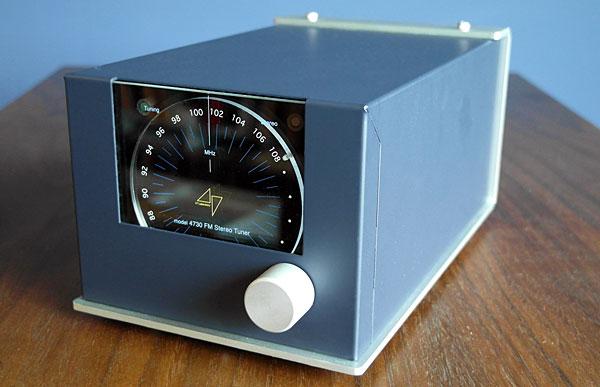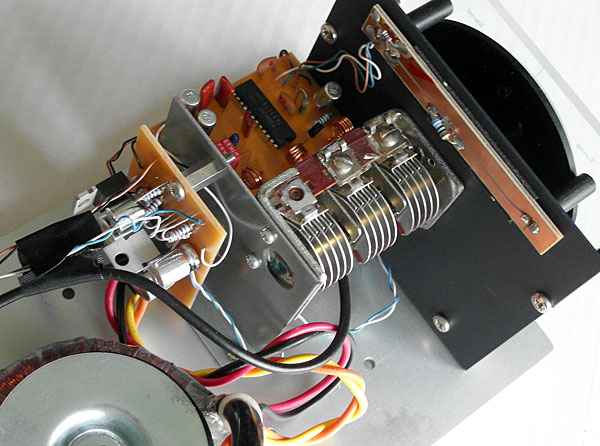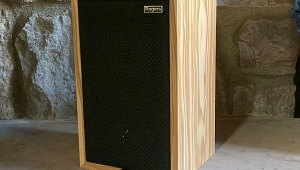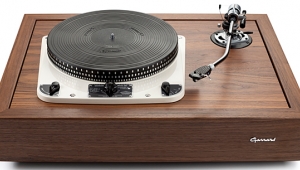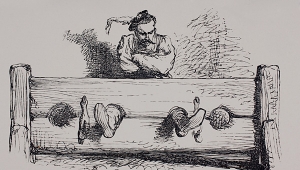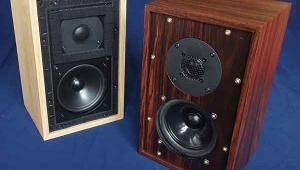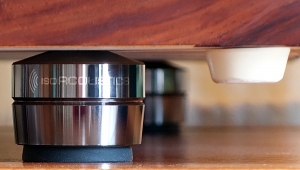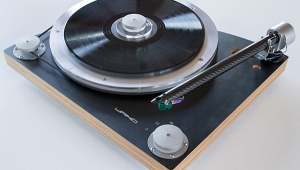| Columns Retired Columns & Blogs |
Having grown up in that area I'm sad to see WOUR not mentioned. Having not lived there for several decades I don't know if they're still on the air or what they've morphed into but in the early seventies glory days of FM radio it was a truly awesome radio station.
